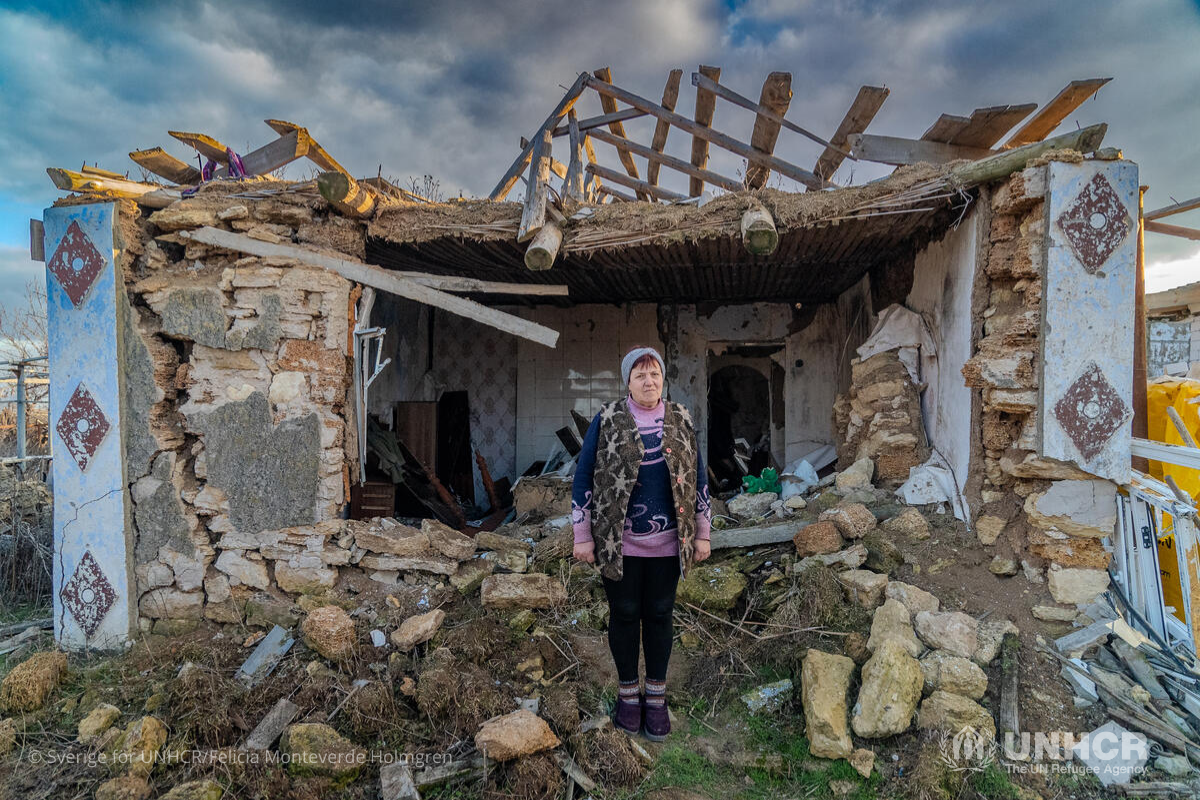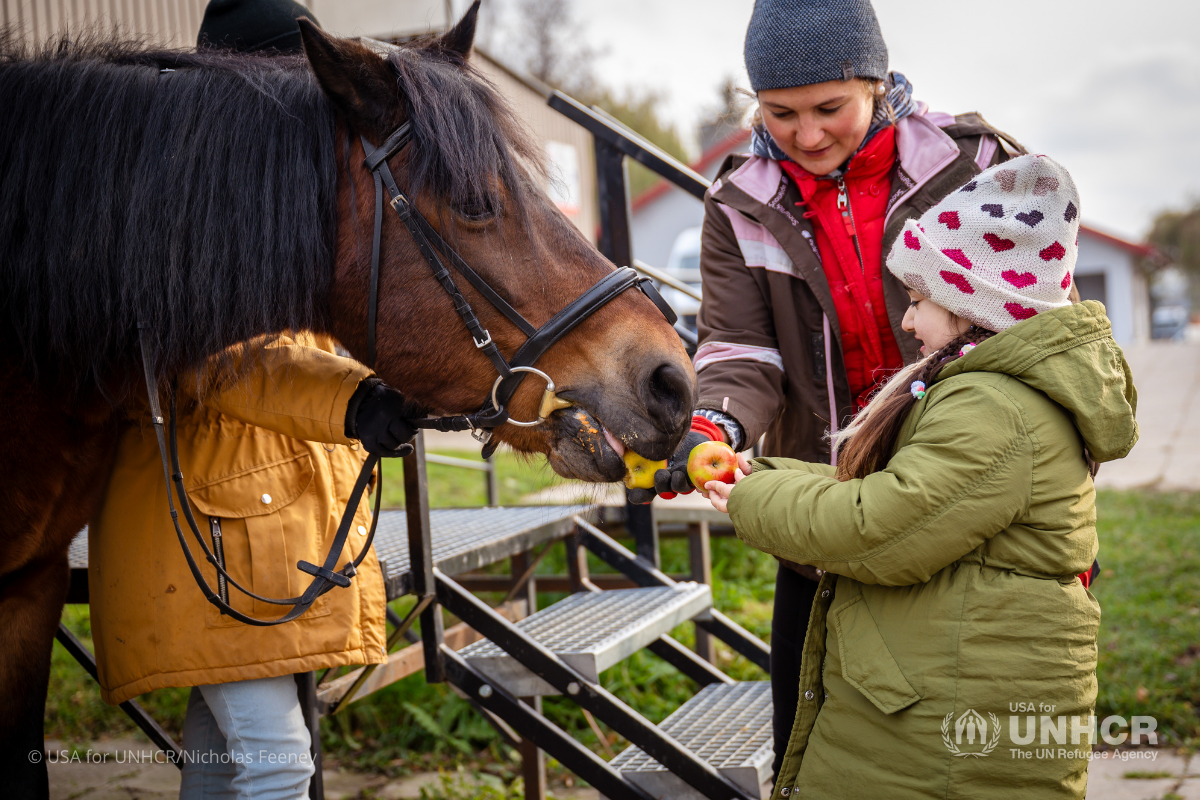Afghanistan Refugee Crisis Explained
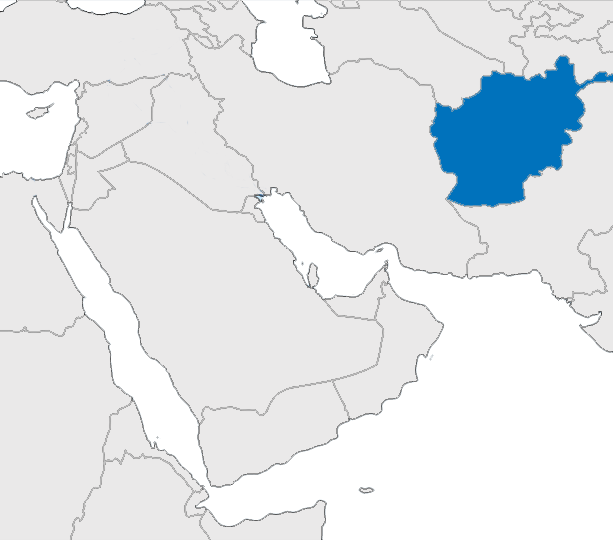
After more than four decades of conflict and instability in Afghanistan, an estimated 23.7 million Afghans - over half of the population, including women and girls - are in need of humanitarian and protection assistance. By the end of 2023, the number of Afghan refugees reported globally was 6.4 million - accounting for one of the largest protracted refugee situations in the world.
Here's What You Need to Know:
1. Why have people from Afghanistan been forced to flee?
2. Where are Afghan refugees fleeing to?
3. How long are most Afghan refugees displaced for?
4. What are some of the greatest challenges displaced people from Afghanistan face today?
5. What is UNHCR doing to help newly displaced Afghans and Afghan refugees?
6. Are there resettled Afghan refugees in the United States?
Why have people from Afghanistan been forced to flee?
Afghans have suffered more than 40 years of conflict, natural disasters, chronic poverty, food insecurity, COVID-19 pandemic and most recently a changeover in government authorities. The events leading up to the Taliban’s takeover of Kabul in August 2021 intensified instability and violence in Afghanistan – causing even more human suffering and displacement.
Globally, nearly 10.9 million Afghans remained displaced, almost all within their country or in neighboring countries due to conflict, violence and poverty. As the humanitarian crisis continues, the resilience of Afghans and their host communities is being stretched to the limit.
Where are Afghan refugees fleeing to?

Afghan refugees are the third-largest displaced population in the world after Syrian and Ukrainian refugees. According to UNHCR’s 2023 Global Trends report, by the end of 2023, the number of Afghan refugees reported globally increased by 741,400 to reach 6.4 million, mostly reflecting new population estimates reported by both the Islamic Republic of Iran and Pakistan.
According to government estimates, Iran hosts at least 4.5 million Afghan refugees, 71 percent of whom are women and children, who’ve arrived since 2021 — bringing the total number of Afghans in neighboring countries to 5.82 million.
The country also currently hosts 3.2 million internally displaced persons (IDPs), 34,800 refugees and over 650,800 Afghans who have returned from Pakistan since September 15, 2023.
How long are most Afghan refugees displaced for?
Afghan refugees continue to make up one of the largest and most protracted displacement situations under UNHCR’s mandate. The prolonged nature of the crisis has prompted intensified efforts to support Afghan refugees and the host communities in Iran and Pakistan that have generously accommodated them for over four decades. These efforts include initiatives to facilitate their voluntary return and sustainable reintegration that aims to find solutions for refugees and provide support to host countries.
“Afghanistan’s displacement crisis is one of the largest and most protracted in UNHCR’s seven-decade history. We’re now seeing a third generation of Afghan children born in exile,’’ says UN High Commissioner for Refugees Filippo Grandi.
What are some of the greatest challenges displaced people from Afghanistan face today?
Four decades of conflict and instability in Afghanistan have left millions of people on the brink of hunger and starvation. A record 23.7 million people are in need of humanitarian and protection assistance in 2024, and half the population of more than 40 million people in Afghanistan face acute food insecurity.
As of May 2024, about 6.5 million children in Afghanistan - or nearly three out of ten - face crisis or emergency levels of hunger as the country feels the immediate impacts of floods, the long-term effects of drought and the return of Afghans from Pakistan and Iran.
An estimated 28% of the population – or about 12.4 million people - is expected to face acute food insecurity before October of this year. Of those, nearly 2.4 million are predicted to experience emergency levels of hunger, which is one level below famine.
The impact of the conflict on women and children has been particularly devastating. The fundamental rights of women and girls are under threat and many children are out of school. Alongside this, malnutrition rates remain extremely high, with an estimated 2.9 million children under the age of five are projected to suffer from acute malnutrition in 2024.
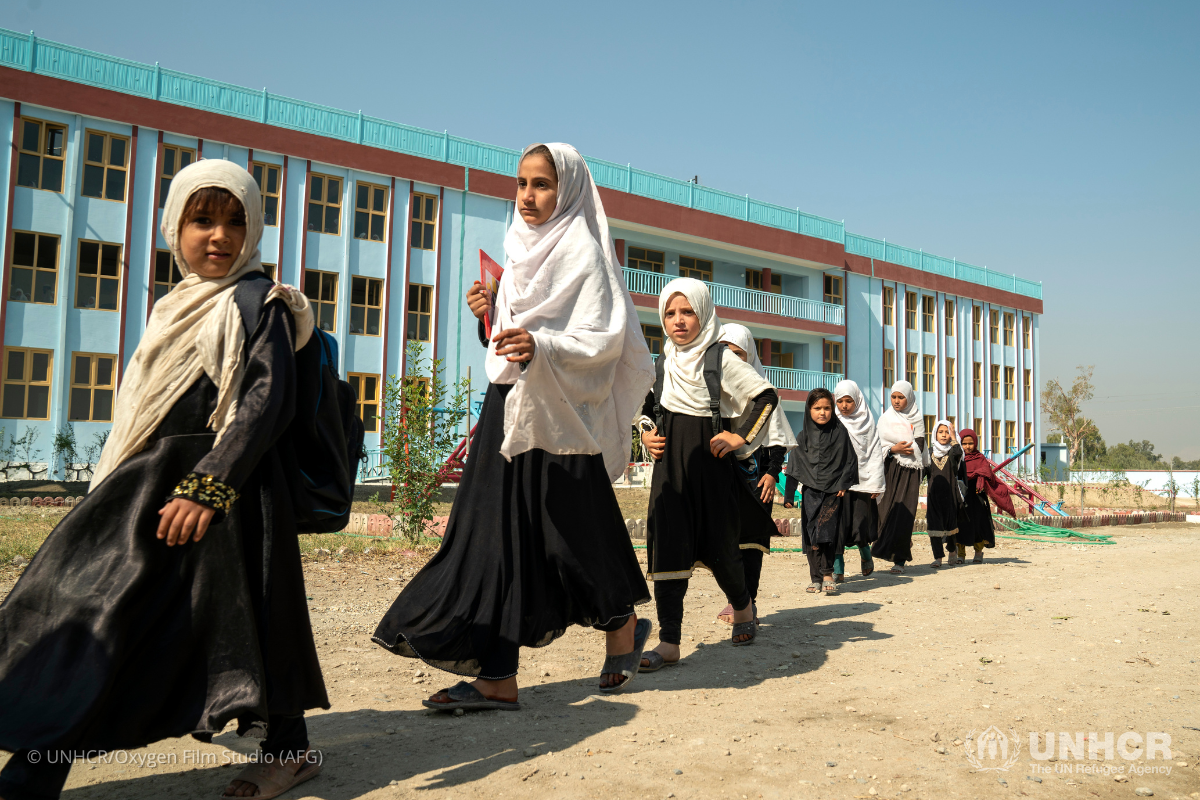
In addition to the ongoing conflict, Afghanistan has been impacted by recurrent natural disasters including droughts, floods and earthquakes. In May and July of 2024, heavy flooding impacted areas in northeastern, northern and western regions of Afghanistan, brought on by unprecedented rainfall — leaving thousands of Afghans, including displaced people and returnees, in urgent need of assistance.
In June 2022, the worst earthquake to hit the country in the last twenty years struck Afghanistan, killing at least 1,000 people and injuring many more. The Afghan population has been pushed to the limit by prolonged conflict, high levels of displacement, the impact of COVID-19, natural disasters and deepening poverty.
What is UNHCR doing to help newly displaced Afghans and Afghan refugees?
UNHCR is committed to staying and delivering in Afghanistan. UNHCR and partners are assisting the most vulnerable Afghans with emergency shelter, food, health, water and sanitation support, cash assistance and psycho-social support within Afghanistan and neighboring countries.
UNHCR stayed throughout the Taliban takeover and rapidly scaled up its operation, providing lifesaving support to over 916,000 people in 2021 through emergency programming — including the provision of tents, cash, hygiene kits and other essential items.

UNHCR also helps by facilitating voluntary repatriation for Afghan refugees from Iran, Pakistan and other countries, once it is established that their return is voluntary, safe, dignified and durable. Since 2002, UNHCR has supported the return of over 5.3 million refugees to Afghanistan.
Afghan returnees are provided with cash grants to help address their immediate needs, as well as basic health services like malnutrition screening and vaccinations, mine risk education, information on school enrollment and overnight transit assistance. They are also assisted with reintegration into their communities.
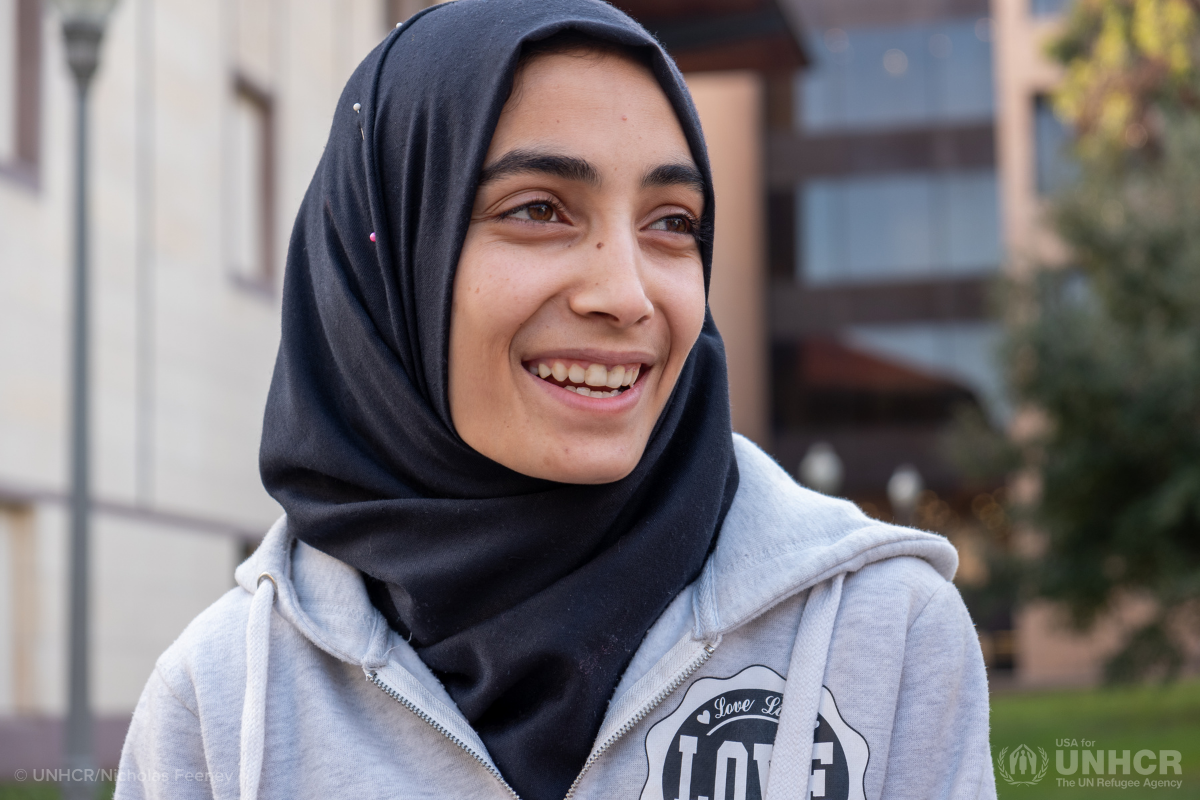
Are there resettled Afghan refugees in the United States?
The United States has a long history of welcoming refugees, including Afghan refugees. Some of those who have been resettled are Afghan nationals who served as translators or interpreters during the U.S. mission in Afghanistan. Due to their employment with the U.S. government, many faced serious threats to their safety following the Taliban takeover of Kabul. They have come to the U.S. seeking safety for themselves and their families and have been resettled in communities where they are now thriving. Fatima is a shining example of a young Afghan refugee who is building a better life in the United States.
Help protect Afghan refugees...
UNHCR is on the ground providing urgent aid, such as food, shelter, clean water and medicine. Your gift will have an immediate impact on displaced Afghan families who are escaping conflict and persecution. Start making a lifesaving difference and make a donation today.
